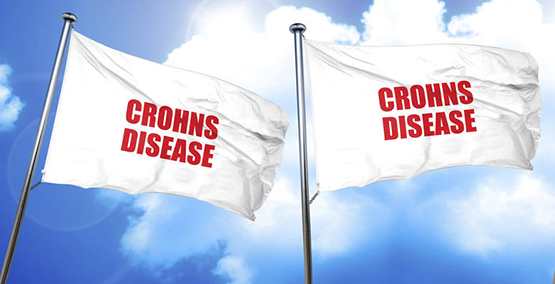
The Latest and greatest treatments for IBD: What to believe
What’s the best IBD medicine for me? Confusion on television and in your inbox....
See moresign up for our newsletter
SubscribeDoctors created classification categories to understand how Crohn's disease is so different for different people and how their inflammatory bowel disease (IBD) changes over the years. The real hope is that the information will guide us in deciding what treatments work best for different people.
Several studies used the Montreal Classification to look at the patterns of Crohn's disease in different populations. One examined the information on 582 pediatric patients at 17 centers throughout Europe and Israel (IBD;2013:378-85). The other, a Canadian study brought together the information on 1015 patients of different ages (Can J Gastro 2007: 363-6)
| Location | Euro | Canada |
| A1 | A1 A2 A3 | |
| L1 Terminal ileum | 16% | 22% 27% 25% |
| L2 colon only | 27% | 21% 28% 49% |
| L3 ileum and colon | 53% | 57% 44% 26% |
| L4 upper gastrointestinal only | 4% | 0% 3% 0% |
A1 up to 17 years old; A2 17 to 40 years old; A3 over 40 years old
The Euro study shows that most children and teens have disease in the small intestine (L1 and L3) and parts of the colon are often involved.
The Canadian study shows that more adults have Crohn's in the large intestine. Though not shown in this chart, the study also tells us that though Crohn's rarely occurs in the upper areas of the gastrointestinal tract by itself (L4), disease does occur there in combination with lower intestinal disease: 25% of those ileal disease(L1), 12% when there's colonic Crohn's (L2), and 60% when there's both(L3). This can also be broken down by age: 71% in those under 17 (A1); 59% in those who are 17 to 40 years (A2) and 50% of the time in those over 40 (A3).
The European group showed that in children, the actual location is the Esophagus 6% of the time, stomach 18%, duodenum 17% (with some patients having more than 1 location. They also showed that 9% of the children in the study had a fistula or abscess going to the area around the rectum (called perianal disease), and 20% of the children had other organs involved.

The Pattern of Crohn's Disease Compared To the Age It Began
How Crohn's disease shows up and the age it began can be compared—that affects what treatment is needed. The table shows those who have inflammation alone, those who have narrowing or strictures, those with fistulas where the disease penetrates the wall, and those who have both narrowing and penetrating disease. Again, types can be looked at by the age when the disease started.
| Behavior | Euro | Canada |
| A1 | A1 A2 A3 | |
| BI Inflammatory | 82% | 32% 35% 41% |
| B2 Stricturing | 12% | 33% 33% 38% |
| B3 Penetrating | 5% | 35% 33% 21% |
| B2B3 Both B2 and B3 | 2% |
A1 up to 17 years old; A2 17 to 40 years old; A3 over 40 years
As you can see, there is a big difference in those who started with Crohn's disease as children or teens. It's thought that most people with Crohn's disease have inflammation the beginning (whether they are children or adults), and that's seen in the Euro study because European pediatric gastroenterologists only see children and teens. The Canadian group are seeing adult patients who have matured beyond their childhood years, and so they can look back to when the disease started and show that some will develop complications of strictures and fistulas later in life.
How Crohn's Changes Over the Years
How these patterns change was studied by another European group (BD Lovasz World J Gastro 2013: pages 2217-28). They found that of the children and teens (A1) who had B1 inflammation 27% developed more complicated B2, B3 or B2B3 behavior by 5 years of the disease and 42% by 10 years, so that 50% of children had more complicated disease by 5 years; and 55% by 10 years.
In their adult patients, 26% developed complications by 5 years and 37% by 10 years, so that 61% of all adults when they developed Crohn's had complicated disease by 5 years and 62% at 10 years.
Those who were more likely to worsen were those who had ileal disease or disease around the anus (perianal disease) at the beginning, those who needed steroids and those who smoked. Also, those patients who had their disease begin earlier in time seemed to have a worse course. But we now have better medicines and methods to treat Crohn's disease and think that we will soon be seeing that these behaviors (and the statistics) will be changing soon.
This article, as well as all others, was reviewed and edited by a member of our Medical Advisory Board.
Subscribe Be the first to know